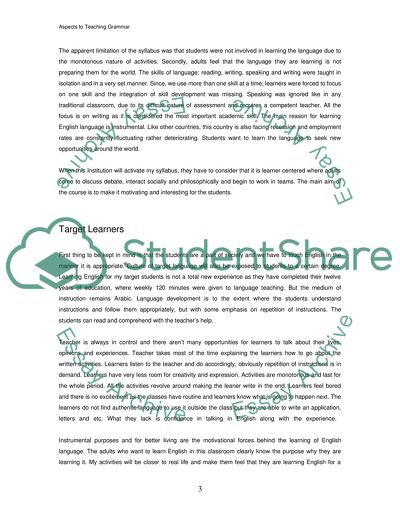Cite this document
(“Approaches to Teaching Grammar Article Example | Topics and Well Written Essays - 3000 words”, n.d.)
Retrieved de https://studentshare.org/english/1533204-approaches-to-teaching-grammar
Retrieved de https://studentshare.org/english/1533204-approaches-to-teaching-grammar
(Approaches to Teaching Grammar Article Example | Topics and Well Written Essays - 3000 Words)
https://studentshare.org/english/1533204-approaches-to-teaching-grammar.
https://studentshare.org/english/1533204-approaches-to-teaching-grammar.
“Approaches to Teaching Grammar Article Example | Topics and Well Written Essays - 3000 Words”, n.d. https://studentshare.org/english/1533204-approaches-to-teaching-grammar.


